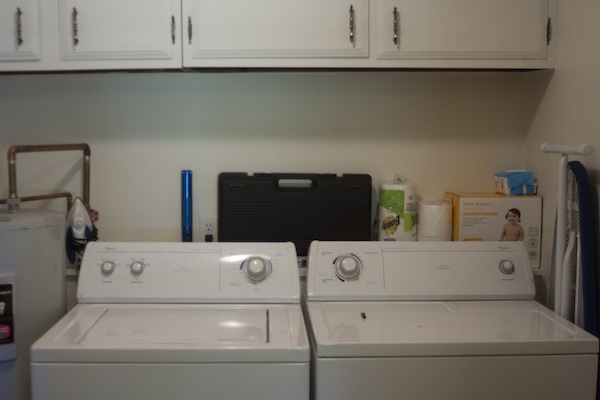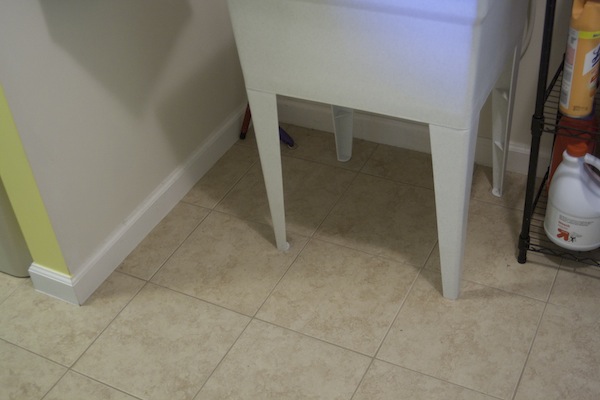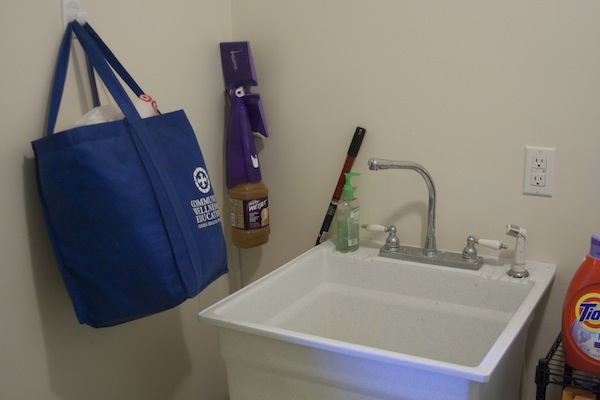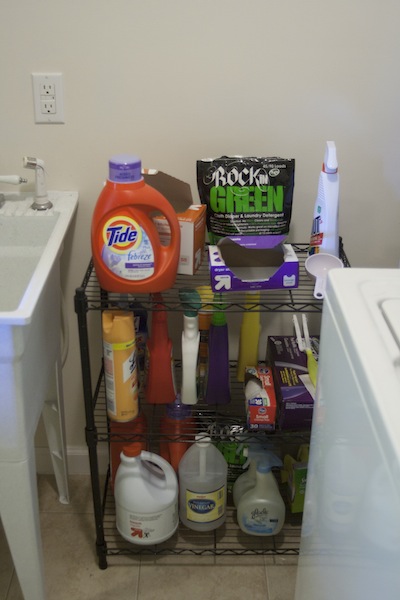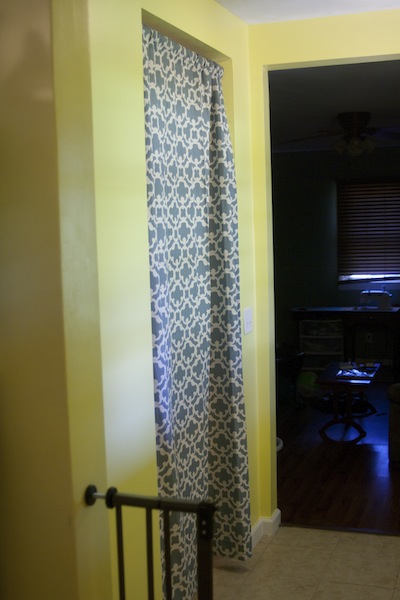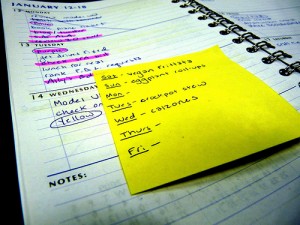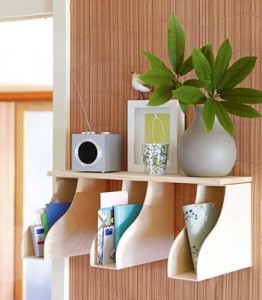 Most people feel motivated to clean and reorganize in the spring. Since most of fall and winter is spent indoors, I prefer to prepare for the long winter hibernation by cleaning, purging, and reorganizing. I’ve been creating a to-do list in my head of things I’ve been putting off all summer, and it got me thinking about how I could make things easier on myself. Is there a most convenient time to tackle the household chores we all dread?
Most people feel motivated to clean and reorganize in the spring. Since most of fall and winter is spent indoors, I prefer to prepare for the long winter hibernation by cleaning, purging, and reorganizing. I’ve been creating a to-do list in my head of things I’ve been putting off all summer, and it got me thinking about how I could make things easier on myself. Is there a most convenient time to tackle the household chores we all dread?
Here are some ideas I’ve come up with. I’d love to hear how you make this stuff easier on yourself.
Clean the refrigerator after vacation.
I tend to be a little OCD about old food in the refrigerator — I throw away uneaten leftovers and expired condiments every week on the night before our trash is picked up so funky food doesn’t hang out in the fridge or our trash can for too long. Giving the fridge a good deep cleaning is a bit more challenging, though, since it’s full of food most of the time. However, right before we leave town for a vacation, I always do a major purge and try to leave the fridge mostly empty so we don’t come home to funky smells. Before restocking at the grocery store when we get home, the first thing I do is take out each shelf and give it a good scrub in warm soapy water, double check condiments and toss anything old or expired, and scrub down the nooks and crannies that aren’t visible when the fridge is stuffed with food.
Clean out the pantry before grocery shopping.
You might be surprised how much food is actually available in your kitchen. Hunt for meal ideas in your canned foods, throw away anything that is no longer edible, and put foods that need to be eaten as soon as possible at the front. Taking stock of your pantry before grocery shopping will also save you some money since you’ll be less likely to buy an item you already have on hand.
Reorganize closets when the seasons change.
Closet space in limited in our 1970s ranch, so we only keep current, in-season clothing in our closets. Out-of-season clothes are stored in giant plastic tubs in the guest room closet. When the weather changes each season, we swap them out. If you follow a system like this one, that seasonal clothing swap is the perfect time to purge things you don’t need and reorganize your space. Take a good hard look at each item before you store it for next season — did you wear it this year at all? If not, it’s probably time to donate it.
For bonus points, use the bedroom closet swap as an excuse to clean and reorganize other closets and cabinets in your house. If you tackle them twice a year, you’ll avoid a huge pile-up that will eventually require heavy-duty cleaning.
Clean your work space on Friday afternoon.
Whether you work from home or in an office, Friday afternoon downtime is the perfect time to purge or file paperwork and clear clutter. If there’s something that will need attention first thing Monday morning, put it front and center on your desk to remind yourself to get right to it after your relaxing weekend.
How do you make deep cleaning projects easier? Please share!
